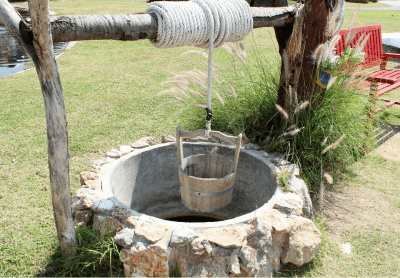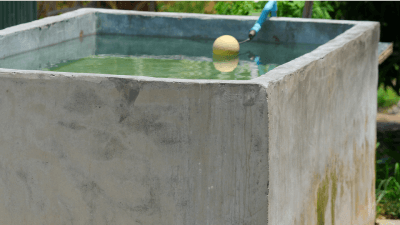Free PDF Download: Class 6 Vital Villages, Thriving Towns Worksheet with Answers for 2025-26 Exam Preparation
FAQs on Master Vital Villages, Thriving Towns with Class 6 CBSE Social Science Worksheets (2025-26)
1. Why is the chapter Vital Villages and Thriving Towns about?
This chapter is about different villages and Kingdoms in ancient India. It explains how different villages and cities in India have generated revenues and have done cultivation and agricultural practices.
2. What is the best way to understand the topic of Vital Villages and Thriving Towns?
The best way to understand the chapter on Vital Villages and Thriving Towns is from a PDF because it will help students learn the important terms of the chapter easily.
3. Why were iron tools used in the chapter Vital Villages and Thriving Towns?
Iron tools were used to clear different forests in vital villages and thriving towns.
Recently Updated Pages
CBSE Worksheets for All Classes & Subjects (2025-26)

Important Questions for CBSE Class 11 Hindi Antral Chapter 3 - Awara Masiha

Class 11 Chemistry Preparation Of Standard Solution Of Oxalic Acid Experiment

Class 11 Economics Important Questions PDF (2025-26)

CBSE Class 11 Exam Pattern 2025-26: Subject-wise Marking Scheme

CBSE Class 11 Maths Chapter 16 - Probability Important Questions 2024-25

Trending pages
CBSE Class 6 English Grammar Guide: Syllabus & Key Practice

CBSE Important Questions for Class 6 Maths Fractions - 2025-26

CBSE Important Questions for Class 6 Science - 2025-26

CBSE Important Questions for Class 6 Maths - 2025-26

CBSE Important Questions for Class 6 Social Science - 2025-26

CBSE Important Questions for Class 6 Maths Perimeter and Area - 2025-26

Other Pages
Lbs to Kg Converter – Pounds to Kilograms Calculator

Month Names for Students: Meanings and Easy Practice

Million to Rupees Calculator: Convert Million Values to Indian Rupees

Free Height Converter Calculator (Feet, Inches & Cm)

What is the Full Form of AM and PM?

Essay on New Year 2026: Meaning, Celebrations, and Reflection










